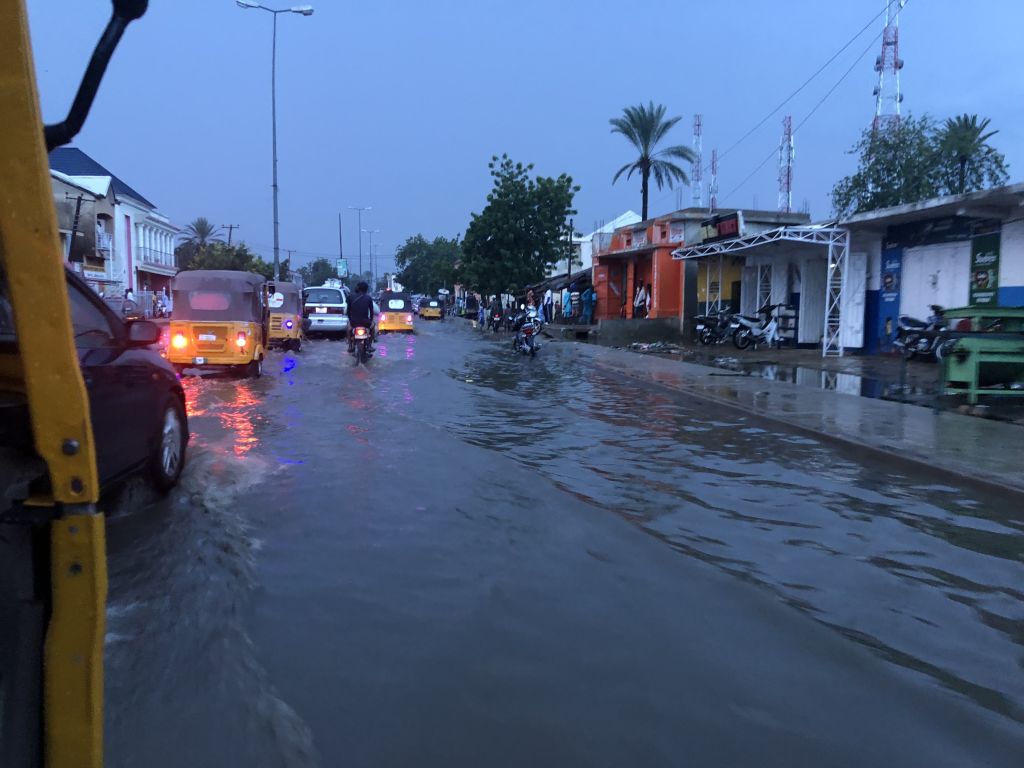Heavy rains from July to September have led to catastrophic flooding across parts of Africa, with the worst-hit areas in Sudan, Nigeria, Niger, Chad, and Cameroon.
A recent report from World Weather Attribution (WWA), a group of international scientists studying extreme weather, links repeated floods in Africa’s worst-hit areas to both climate change and poor water management.
This year’s floods have been deadly, with over 2,000 people losing their lives and millions more forced to leave their homes. Many of these areas faced severe flooding just two years ago, meaning some communities were still recovering when this year’s rains hit.
According to the WWA, global temperatures have warmed by 1.3°C since the industrial age began, and this is making extreme weather events, like the Sahel’s heavy rains, much more frequent.
The group’s scientists noted that this increase in temperature meaning intense rainfall, which leads to severe floods, is becoming far more common. In Sudan, for example, scientists now expect this kind of flood to occur every three years.
Loading...
In addition to climate change, long-standing problems in the region are making the effects of the floods even more disastrous. Many of the worst-hit areas in Sudan, Chad and Nigeria have been affected by poverty, conflict, and outdated infrastructure. According to the WWA, this situation leaves millions of people vulnerable because they often live in areas that lack strong flood defenses or early warning systems, like sirens or mobile alerts.
Scientists warn that if the world’s average temperature rises to 2°C above pre-industrial levels, these severe floods could happen even more often. In the future, it is likely that 30-day periods of extreme rain will become a normal part of life in the Sahel region, which includes countries like Sudan, Nigeria, and Niger.
To protect against future floods, the WWA report emphasizes that “there is an urgent need to drastically improve water management and reduce vulnerability to seasonal rainfall”. For example, in Sudan, there are important structures like the Arba’at dam, which helps manage water levels.
“The transboundary nature of the river systems in sub-saharan Africa requires coordination between neighbouring countries, which has been strained and hinders comprehensive flood management and early warning systems. To reduce flood risks, rehabilitation of damaged infrastructure should prioritise climate-smart design, including incorporating resilient materials and construction techniques and limiting construction in flood-prone areas,” the report adds.
Loading...
